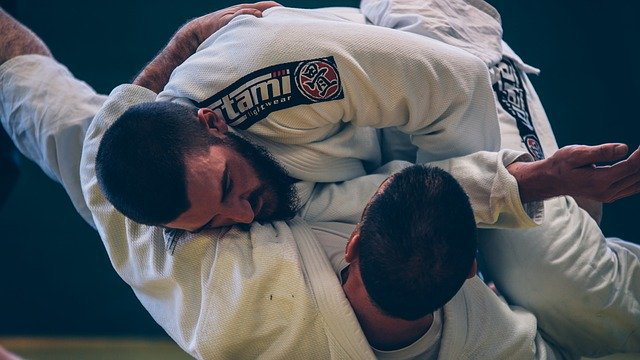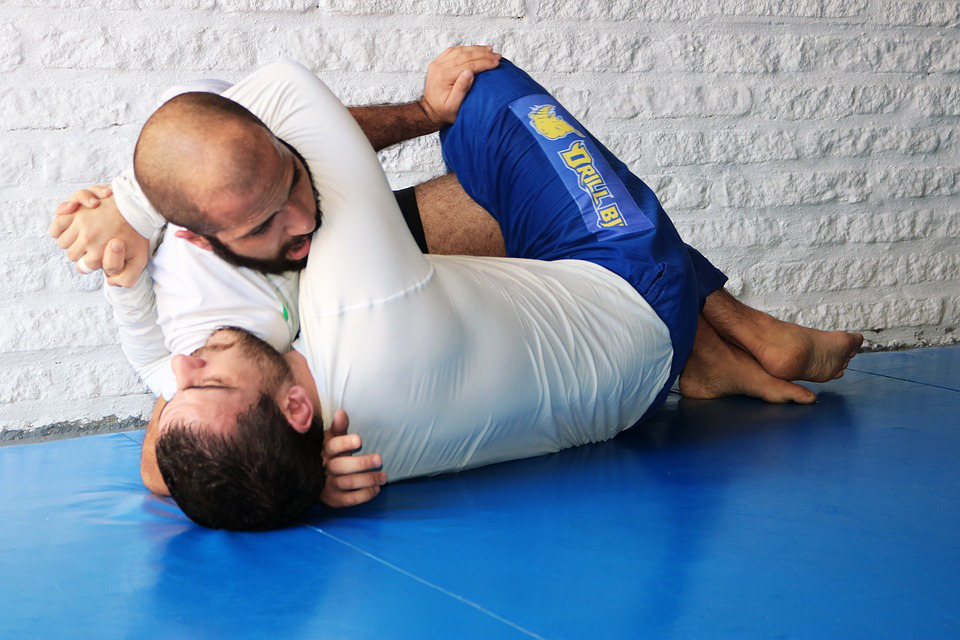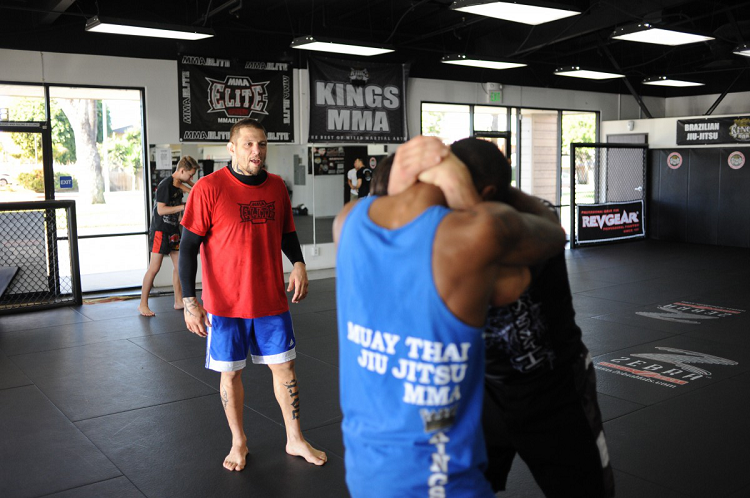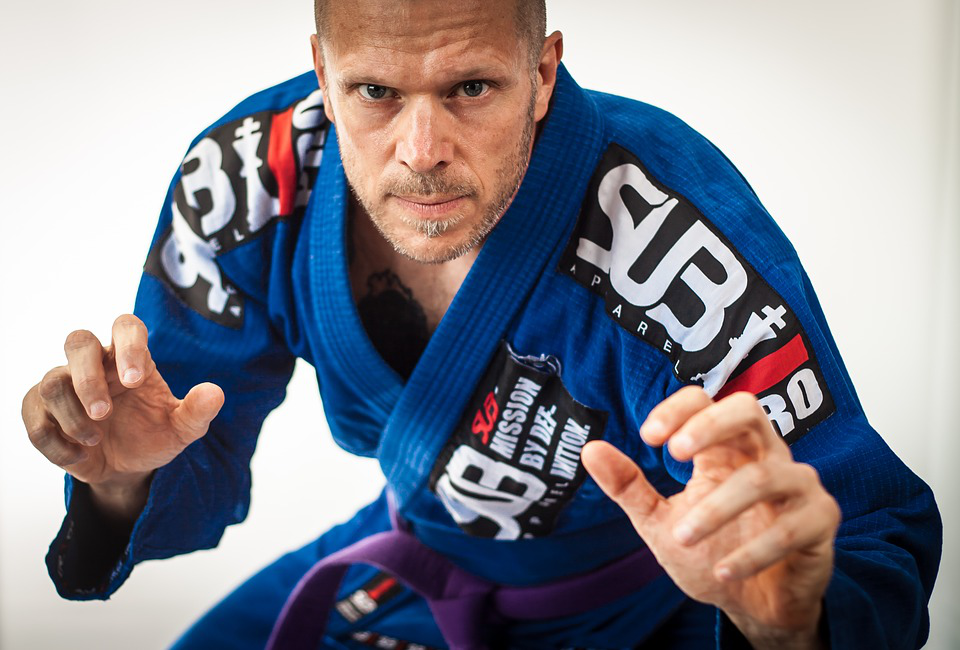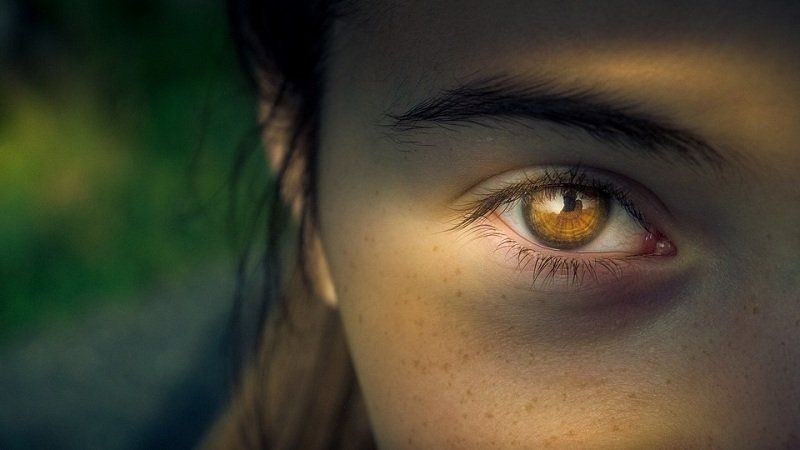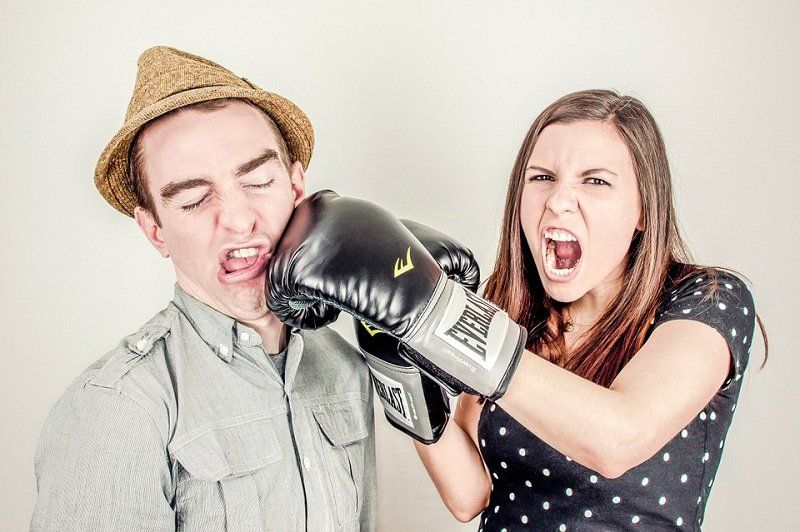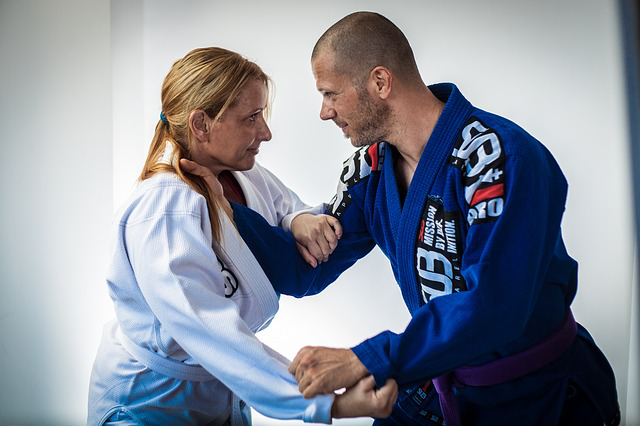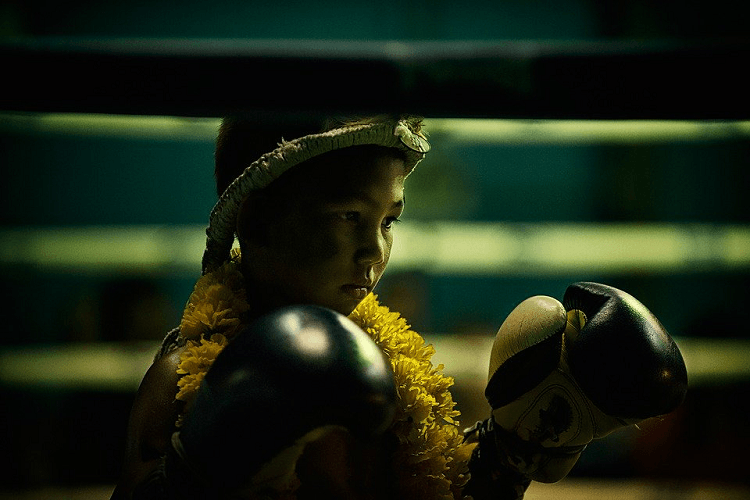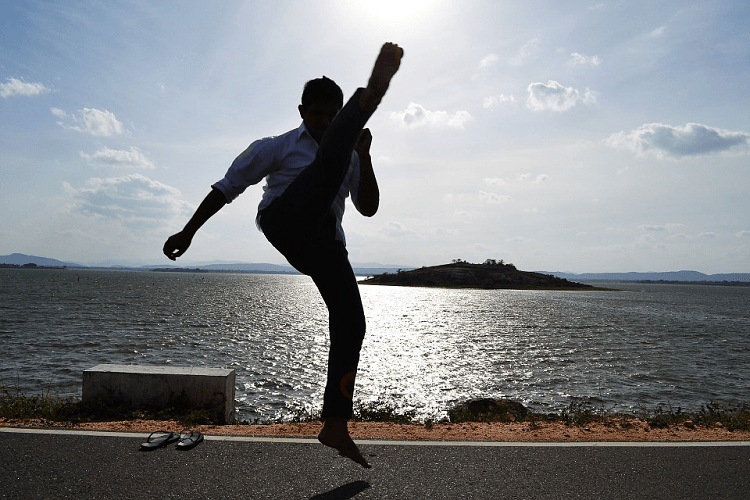Comparing: Learning Karate and Brazilian Jiu Jitsu for Kids and Adults
Whether you are getting into martial arts for self-defense, fitness or to cultivate self-discipline, we all (kids and adults) in general require guidance, reassurance and reward for our efforts to support and build understanding, self-esteem and initiative. However, does anyone feel as though they have achieved anything if it is bought or just given to them?
In Brazilian Jiu Jitsu, rank is achieved slowly - much more slowly than many martial artists may be accustomed to. In most Jiu Jitsu schools, students work for many years to obtain their next belt. An example of this would be the coveted Jiu Jitsu “Blue Belt”, which can easily take 3-5 years to achieve at most quality Jiu Jitsu schools - and this is just the beginning. Purple Belt, and Brown Belt can easily take another 3-5 years of dedicated sweat and hard work, and you still may not be a “Black Belt” after 10 years of dedication. In contrast, rank is achieved approximately twice as fast in most Karate schools. Many Karate schools will hand out a Black Belt in the same time period that many strong Jiu Jitsu schools would require for merely a Blue Belt or Purple Belt. There are many factors that contribute to this: traditions, curriculum (or lack thereof), politics, and persuasion, and of course aptitude (of the student and the instructor). The positive side of this equation is that the Jiu Jitsu belting system maintains strong integrity, and if you achieve rank at a quality Jiu Jitsu club, rest assured you have earned it, and your abilities are above the average for most in the martial arts community.
Recognition of your knowledge, and your ability to apply that knowledge are two different things. Just as the only way to be a competitor is to compete, the only way to improve your martial arts applications is to apply them (preferably in the dojo/on the mat). Receiving rank without this ability should in the least, be considered somewhat uncultivated - continual practice and repetition (i.e., “experience”) is what creates quality and solid, reliable abilities in any martial artist. There are no “shortcuts” in this process.
Having a clear path to rank is not easy to find or discern as we all have different talents and abilities. However, a well designed curriculum with overall objectives and precise expectations makes a big difference for everyone involved.
Kids and adults participating in Karate and Jiu Jitsu programs want to have a general idea of what is expected of them to achieve rank over time (where they are going and about how long is it is going to take to get there). So if you are looking for the nearest kids martial arts program or adult martial arts program, and you have concerns about the amount of time you need to invest in order to reach your goals in a timely manner, do some research about program development and curriculum transparency at the clubs you are considering joining.
Some standard benchmarks do exist that provide some insight into expected outcomes for different ranks in martial arts. For instance in karate, sufficient ability to defend yourself is believed to be achieved halfway to black belt (Green Belt in most styles). Whereas, in Jiu Jitsu (Brazilian) Blue Belt should provide for basic self defense This makes sense because these are the stages in both martial arts where the student has accumulated much of the basic knowledge and fighting technique, and are moving into the application phase of their training.
I like to think of the relationship between the accumulation of knowledge and the ability to apply that knowledge as analogous to the gas and clutch relationship in an automobile. As you begin to shift gears toward application, you slowly move beyond the mere accumulation of knowledge.
Once you progress beyond this level (Blue Belt in BJJ and Green Belt in Karate) your applications grow and diversify, because your understanding of the basics is well founded, deepening and continuing your growth at a slower pace.
As you move toward purple belt (in BJJ) and black belt belt (in Karate), you have learned most of the techniques and combinations of techniques that exist within a martial arts school. Growth at this stage largely depends on your ability to read or anticipate the actions of your opponent and come up with an optimal solution. This is assisted through reflecting on the best options available from moment to moment, depending on the conditions and circumstances you must contend with. Accumulated experience over time is the only way to really improve your abilities with application of technique. Hence, regular attendance and time engaged in application-oriented lessons continue to be the focus.
So what are the reasons it takes longer to progress toward and achieve a black belt in Brazilian Jiu Jitsu vs Karate? The primary rationale I would like to suggest is that in BJJ or ground fighting you are constantly in the strike/red zone and in physical contact with your opponent, which makes it not only visual, but tactile requiring more of your sensory perception and awareness. In Karate and other strictly striking martial arts, you rely mostly on visual cues (angles) and timing, etc. Another point to clarify is that Jiu Jitsu focuses on more application based skills, while Karate has a blend of bodies of knowledge. This Karate knowledge begins with the classical Karate training exercises (kata), with the study of Bunkai (meaning of the classical Kata training) and then progresses toward technique/applications practiced through “Kumite”, or sparring. By combining these approaches one can develop a complete sphere of martial arts training that cultivates greater personal development than the individual arts offer by themselves. In other words, “the sum total of what we practice is greater than its parts”. This is the model presented and perpetuated by SMAA (Sherbourne Martial Arts Academy) and promoted through the WKKJO (World Karate Kobudo Jiu JItsu Organization).
Keep in mind that martial arts programs in general are more about the process than rank. You evolve as you immerse yourself in consistent and rigorous practice, and you will not necessarily progress at the same pace as others around you. You may progress faster (or slower), depending on your frequency of training, and your natural abilities. Experienced martial artists joining SMAA or the WKKJO may also progress more quickly in some aspects of training, because of prior knowledge/experience in the martial arts. If done diligently, you become accustomed to the continuous self-improvement methods of martial arts and this attitude begins to trickle over into your daily life. Setting goals for yourself is pivotal to your success at anything. This should be considered one of the greatest benefits of martial arts training.
I hope this broad overview provides some perspective on progression through the ranks for kids and adults endeavoring to achieve personal goals in Karate and Brazilian Jiu Jitsu. These perceptions may seem nebulous, but the personal growth from this process can change your life if you are determined enough to persevere and fortify yourself. So are you ready for the SMAA challenge?
